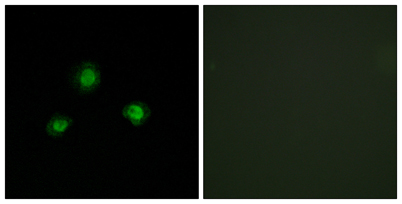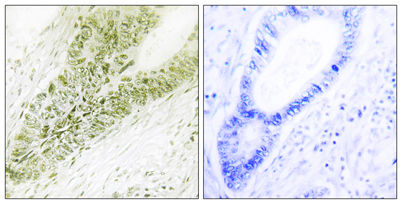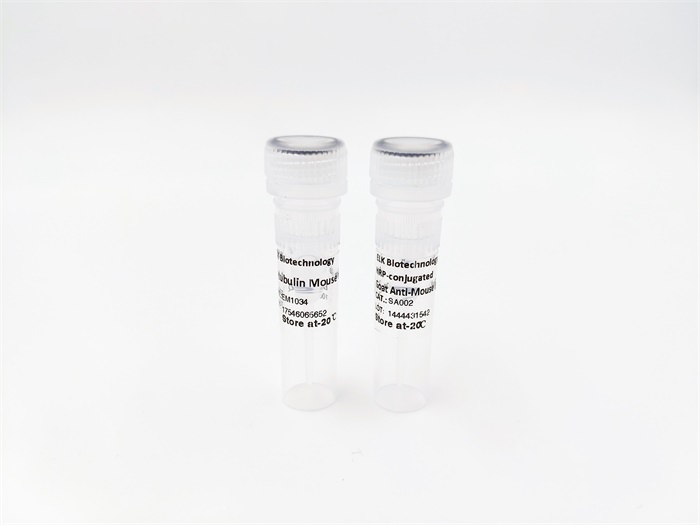







UBN-1 rabbit pAb
 One-click to copy product information
One-click to copy product information$148.00/50µL $248.00/100µL
| 50 µL | $148.00 |
| 100 µL | $248.00 |
Overview
| Product name: | UBN-1 rabbit pAb |
| Reactivity: | Human;Mouse |
| Alternative Names: | UBN1; Ubinuclein-1; HIRA-binding protein; Protein VT4; Ubiquitously expressed nuclear protein |
| Source: | Rabbit |
| Dilutions: | Immunohistochemistry: 1/100 - 1/300. Immunofluorescence: 1/200 - 1/1000. ELISA: 1/10000. Not yet tested in other applications. |
| Immunogen: | The antiserum was produced against synthesized peptide derived from human Ubinuclein. AA range:161-210 |
| Storage: | -20°C/1 year |
| Clonality: | Polyclonal |
| Isotype: | IgG |
| Concentration: | 1 mg/ml |
| Molecular Weight: | 122kD |
| GeneID: | 29855 |
| Human Swiss-Prot No: | Q9NPG3 |
| Cellular localization: | Nucleus, nucleoplasm. Nucleus, PML body. Cell junction, tight junction. Localized as a nuclear speckled-like pattern in proliferating primary fibroblasts. Colocalizes with HIRA, PML and SP100 in PML bodies of senescent cells. Colocalizes with TJP1 and CLDN1. Detected along the upper granular cell layer of epidermis. When overexpressed, accumulates in the nucleus in cells showing defective cytokinesis. |
| Background: | function:Acts as a novel regulator of senescence. Involved in the formation of senescence-associated heterochromatin foci (SAHF), which represses expression of proliferation-promoting genes. Binds to proliferation-promoting genes. May be required for replication-independent chromatin assembly.,similarity:Belongs to the ubinuclein family.,subcellular location:Localized as a nuclear speckled-like pattern in proliferating primary fibroblasts. Colocalizes with HIRA, PML and SP100 in PML bodies of senescent cells. Colocalizes with TJP1 and CLDN1. Detected along the upper granular cell layer of epidermis. When overexpressed, accumulates in the nucleus in cells showing defective cytokinesis.,subunit:Component of a complex that includes at least ASF1A, CABIN1, HIRA, histone H3.3 and UBN1. Interacts with Epstein-Barr virus BZLF1. Interacts with HIRA (via WD repeat domain); the interaction is direct. Interacts with ASF1A, CEBPA, TJP1, TJP2 and TJP3.,tissue specificity:Ubiquitous. Also expressed in numerous tumors and cancer cell lines., |
-
 Immunofluorescence analysis of A549 cells, using Ubinuclein Antibody. The picture on the right is blocked with the synthesized peptide.
Immunofluorescence analysis of A549 cells, using Ubinuclein Antibody. The picture on the right is blocked with the synthesized peptide. -
 Immunohistochemistry analysis of paraffin-embedded human colon carcinoma tissue, using Ubinuclein Antibody. The picture on the right is blocked with the synthesized peptide.
Immunohistochemistry analysis of paraffin-embedded human colon carcinoma tissue, using Ubinuclein Antibody. The picture on the right is blocked with the synthesized peptide.

 Manual
Manual